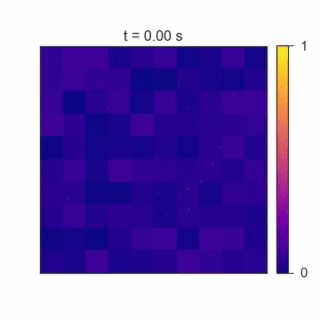The treatment of fear-related disorders depends on understanding the neural circuits involved in the reconsolidation of aversive memories. Both the consolidation and retrieval of a memory, represented by a cell assembly called engram, are characteristics of an attractor network, observed in several brain regions, such as the amygdala, hippocampus and neocortex.

In a study recently published in Neural Networks journal, Rodrigo Santiago and Adriano Tort used a computational model of attractor networks to describe the boundary conditions of the avoidance memory reconsolidation. In addition to explaining recent experimental results, the model predicts behavioral outcomes for new task scenarios. The model stands out for its biological plausibility and is based on theories of synaptic plasticity such as Hebbian learning and synaptic degradation by prediction error. The paper can be accessed here.